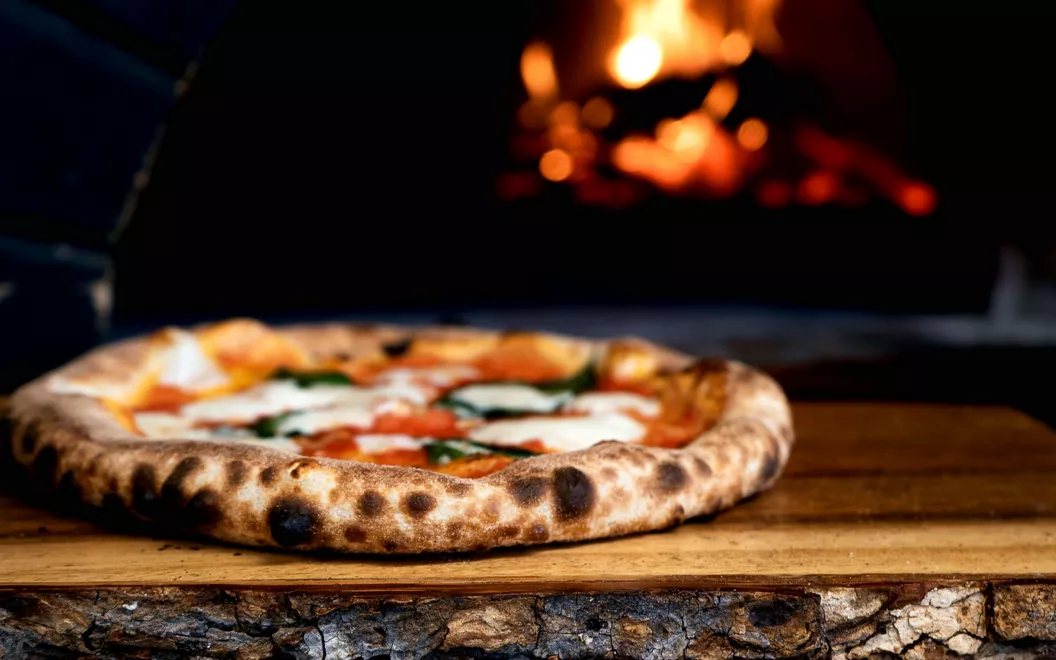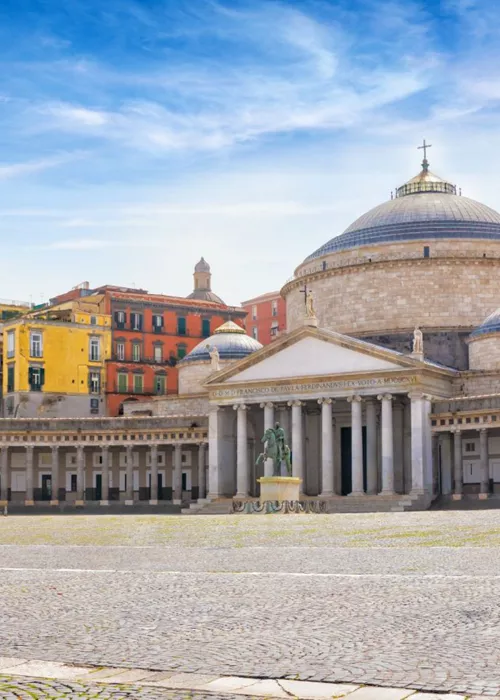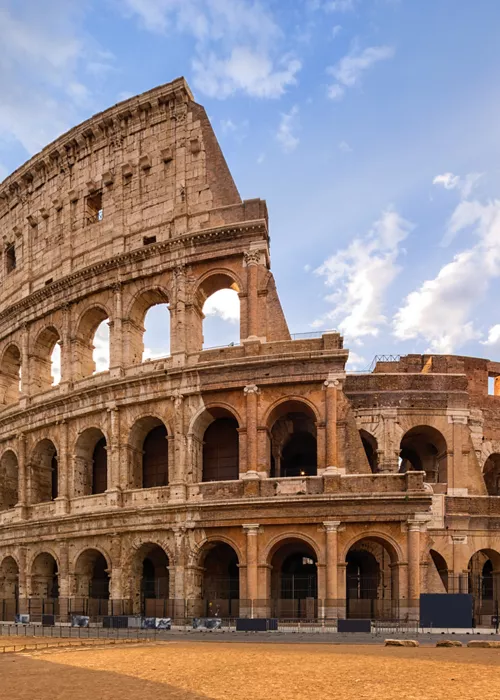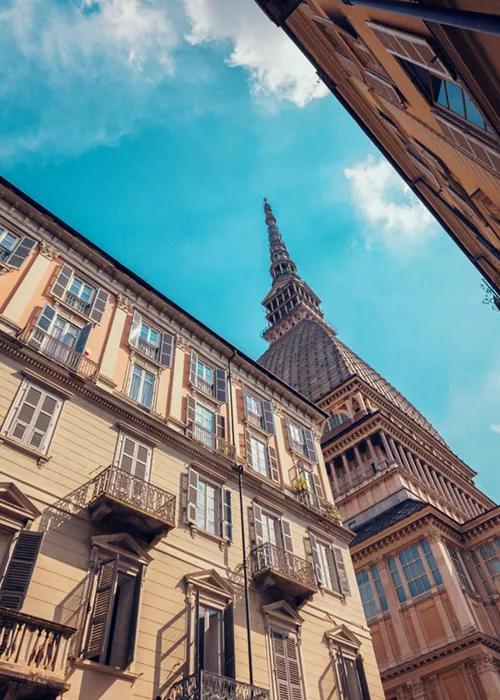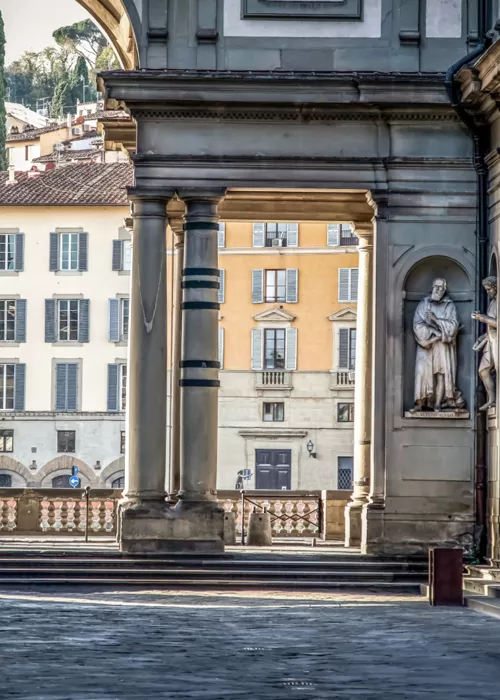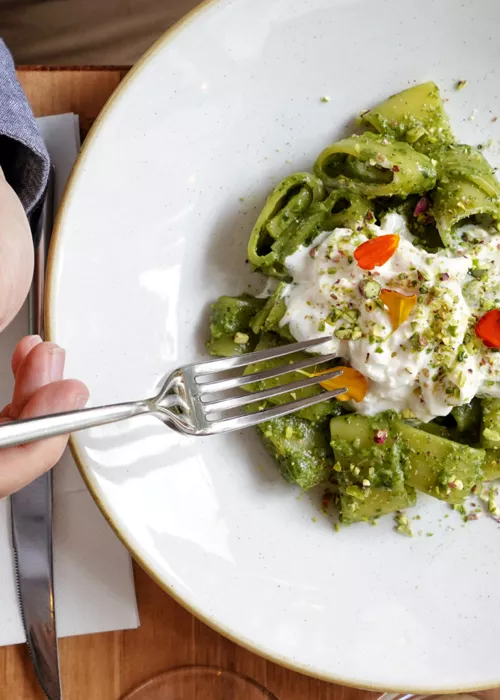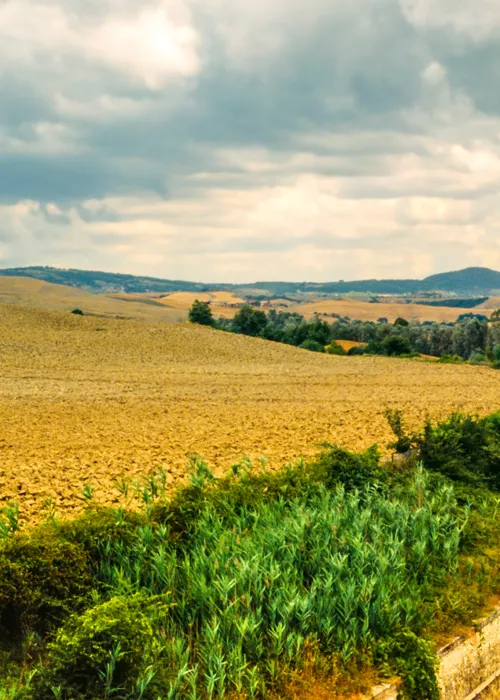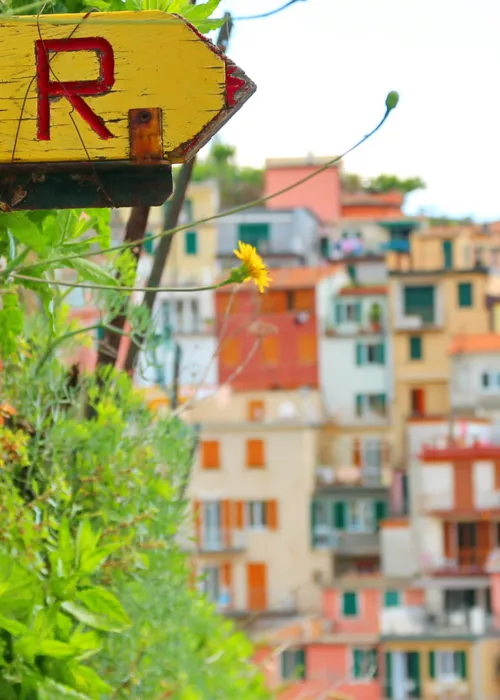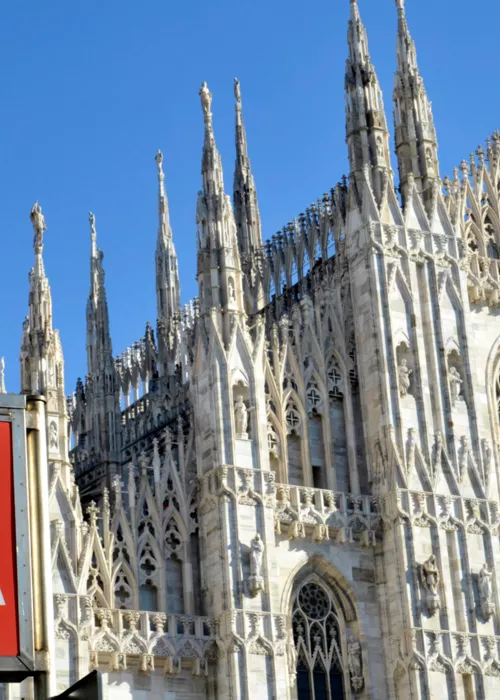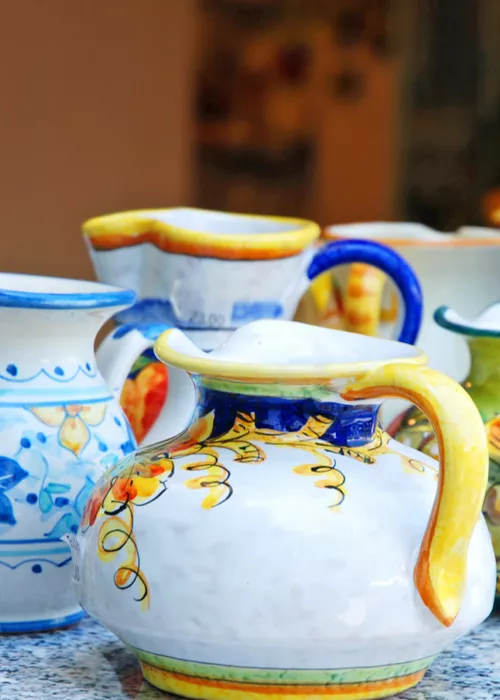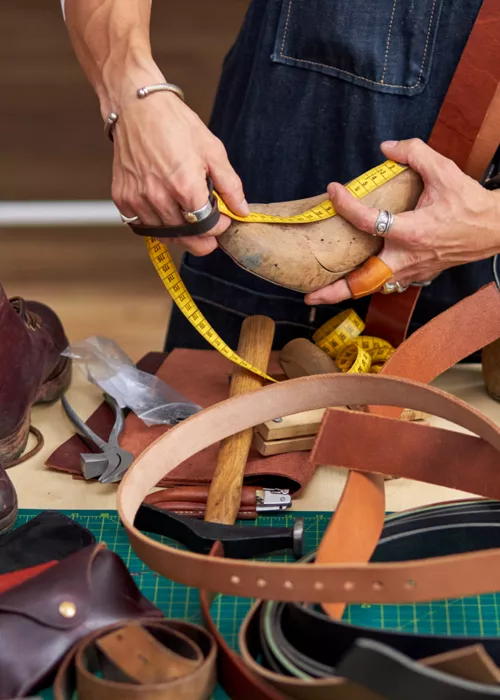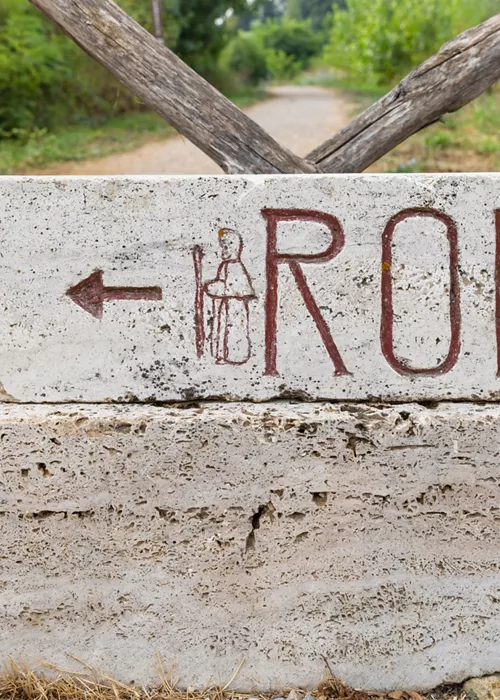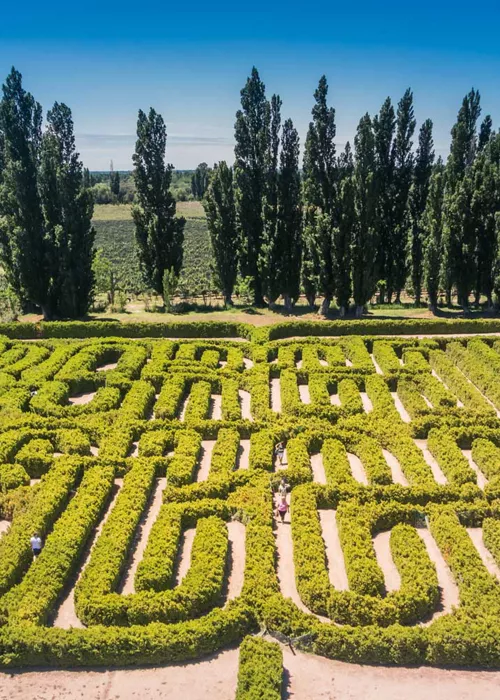3 (of many) types of pizza to eat in Italy
3 minutes
Pizza is the best known and most loved of the typical dishes of Italian cuisine, which is why it has always been at the center of debates, controversies and claims.
Taking a closer look at this gastronomic object of desire, we notice that there is not just one type of pizza. Indeed, there are different types of pizza in Italy and knowing more about them is essential when choosing a pizzeria or understanding our preferences.
It is not just a matter of taste. As with Italian cuisine in general, which has been nominated as a UNESCO intangible heritage site between sustainability and biocultural diversity, different styles of pizza making are distinguished by markedly different characteristics that, from the moment of kneading to the moment of baking and topping, help define the properties of quite different dishes. Let's get to know them in detail.
The round pizza: classic, but not overly
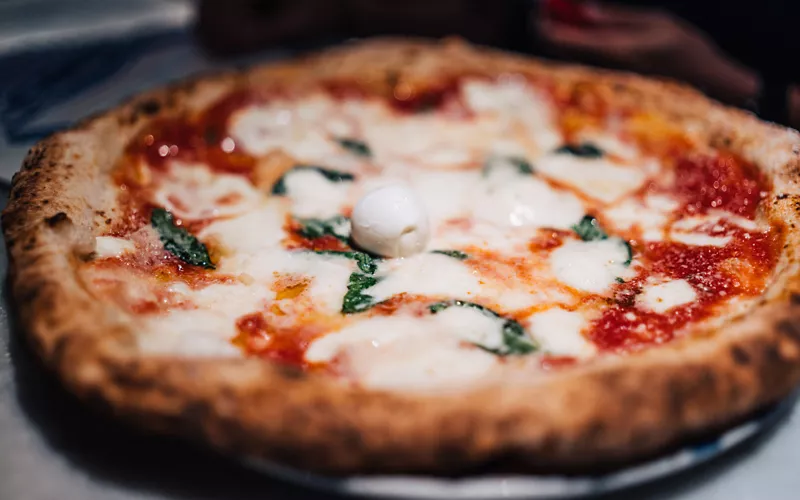
Let's start with the classic of the classics, the round pizza, a disc of thin dough generally seasoned before cooking, which can be made in electric, wood or gas ovens.
The round pizza is actually a macro-category, which includes the queen of pizzas: the Neapolitan.
What most distinguishes the Neapolitan pizza on your plate, to other round pizzas of Italian tradition is neither the flour, nor - as argued - the water of Naples, but it is the cooking temperature.
The Neapolitan pizza is made in wood ovens, which produce very high temperatures, between 450 and 500 °. Such strong and rapid cooking means that much more moisture remains inside the dough in comparison to other types of pizza.
On the palate, Neapolitan pizza is not crunchy but soft. The crust, higher than that of other classic Italian pizzas, deserves a separate chapter.
In fact, the volume of the crust establishes differences within the Neapolitan tradition itself. In increasing order of size, only in Naples it is possible to distinguish at least three subsets: the “a ruota di carretto” (wheel on a cart), the “napoletana classica” (classic Neapolitan) and the “a canotto” (dinghy) pizza.
In Rome too, there is a much-loved format of round pizza, known as just that,“pizza romana” (Roman pizza).
The defining feature of this type of pizza results from the flattening, rolling of the dough, which causes the loss of all fermentation gasses and creates a crunchy crust, which is very thin and flat.
Even the resistance of the bottom of the pizza differs from the Neapolitan one, being a less hydrated style of pizza it’s slightly stronger and crunchier than that of Neapolitan pizzas.
The pizza by the slice, to enjoy while walking
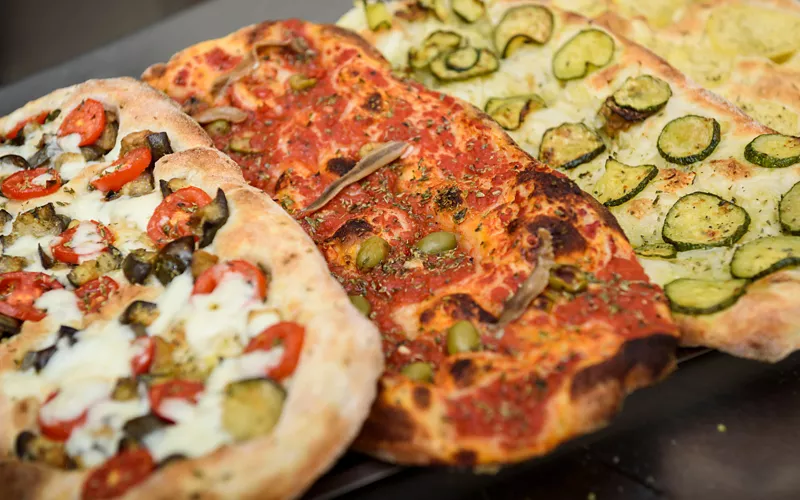
Rome is also well known with the panorama of Italian pizzas for two other very popular styles, pizza “in teglia” (tray), and “in pala” (served on a paddle), flatbread pizza usually sold by the slice “al taglio” and by weight.
These two styles of pizza, while differing in their cooking methods, both have very moist dough, as in a very high percentage of water compared to flour (usually between 70% - 80%), and by cooking in an electric oven.
The high hydration levels create the typical bubbles inside the dough. Once baked this gives the pizza its particular soft texture. This pizza rises higher than those of the Neapolitan and Roman round pizzas.
The dough, once made and left to rise, can be spread on a tray and baked, for pizza “in teglia”, or spread and cooked directly on the flat base of the electric oven, as pizza “in pala”.
The bonus? Whichever way this dough is cooked, it is very versatile and can be cut in half and stuffed, guaranteeing a wide variety of very different options to be tried.
If you are in Rome and want to taste a Capitoline classic, the clear choice could only be a prosciutto and fig pizza. The fruit is spread like a sauce on the base of a white pizza just out of the oven, garnished with generous slices of ham, then covered with a layer of salty crunchy crust. Delicious.
Pizza al padellino, the pizza with a gourmet soul
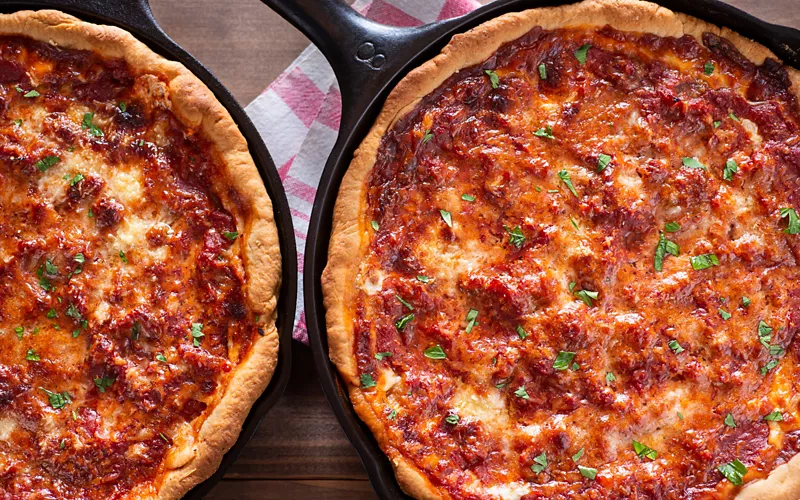
We can’t forget in this short review another great classic made in Italy: pizza al padellino, pizza in a pan. Typical pizza of Turin, the main feature is that leavening and cooking are done in a small round pan, usually made of aluminum. This allows you to obtain tall-textured, perfectly round pizzas that can be divided into wedges and shared.
Pizza al padellino usually goes hand in hand with a careful consideration of the filling ingredients. The aim being to create a sensory experience differing to that of a classic pizza, approaching istead haute cuisine as a type of gourmet pizza.

